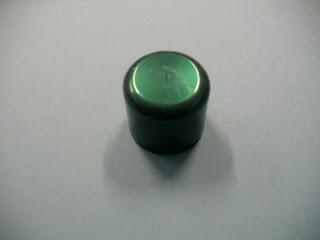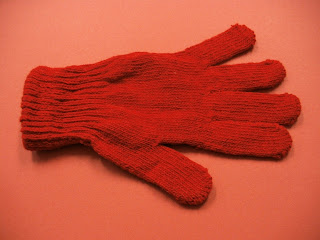Johannes Itten came up with 7 contrasts:
Contrast of Tone
Contrast of Hue
Contrast of Saturation
Contrast of Extension
Contrast of Temperature
Complimentary Contrast
Simultaneous Contrast
These are all happening at the same time to greater or lesser impact.
Contrast of Tone
Formed by the juxtaposition of light and dark values. This could be monochromatic which means single colour.
Red is the midtone, blue is the darkest tone, and yellow has the highest contrast.
Contrast of Hue
Formed by juxtaposing of different hue. The greater distance between hues on a colour wheel, the greater the contrast.
High contrast means something stands out, low contrast blends in.
Contrast of Saturation
Formed by the juxtaposition of layout.
Contrast of Extension
Formed by assigning proportioned field sizes in relation to the visual weight of a colour, also known as the contrast of proportion.
When using high contrast colours, like purple and yellow, a small of amount of one should be used on the other to make the weight in proportion.
Complimentary Contrast
Formed by juxtaposing complimentary colours from a colour wheel or perceptual opposites.
Simultaneous Contrast
Formed when boundaries between colours perceptually vibrate.
We had to pick two complimentary colours in a pair, and then photograph them on different coloured pieces of card to see the changes what happen.




















































No comments:
Post a Comment